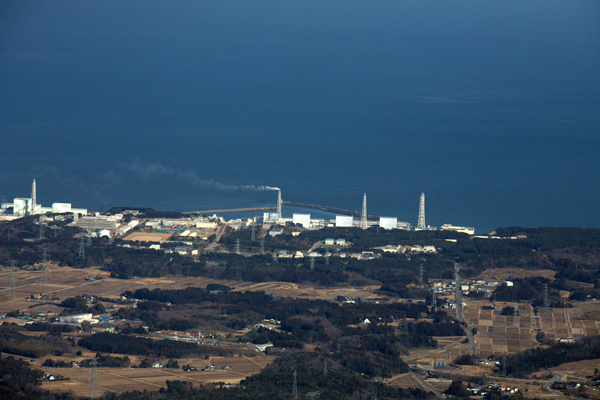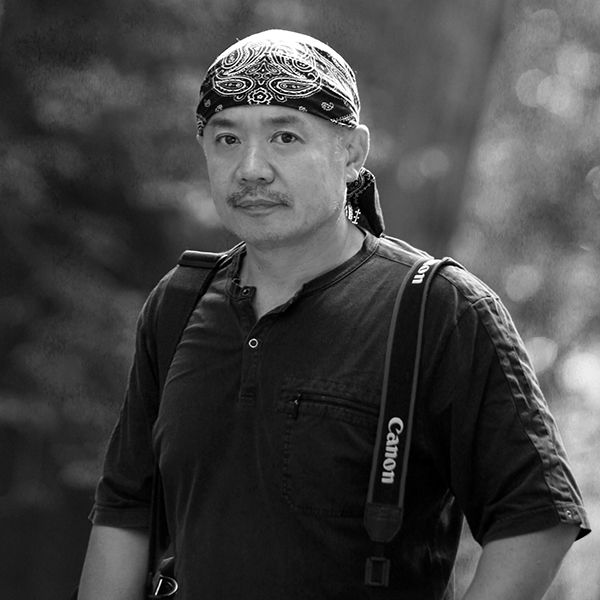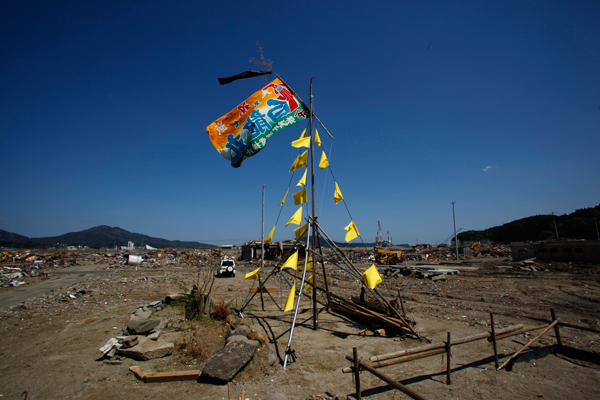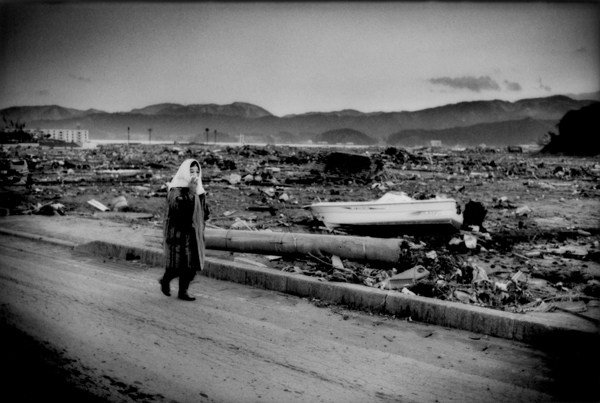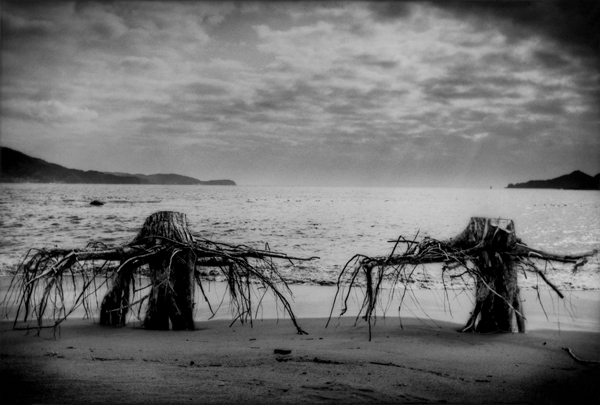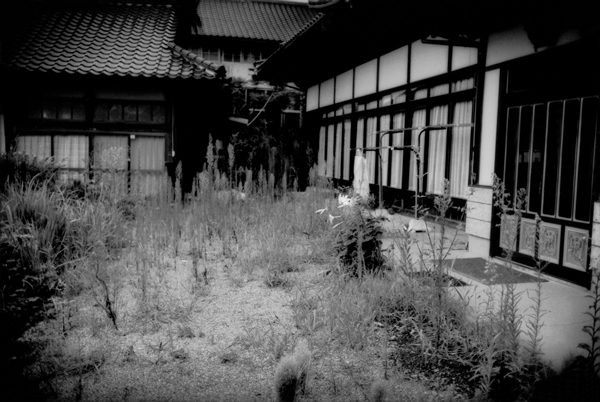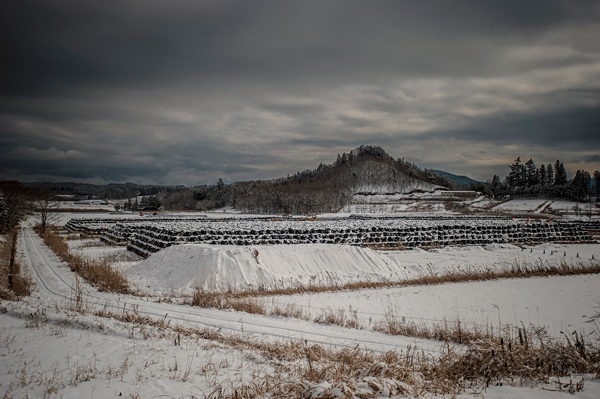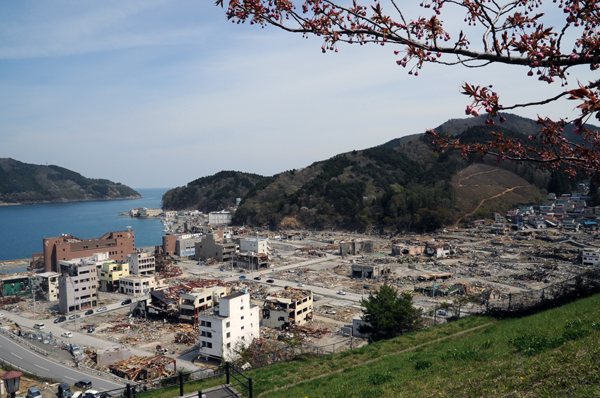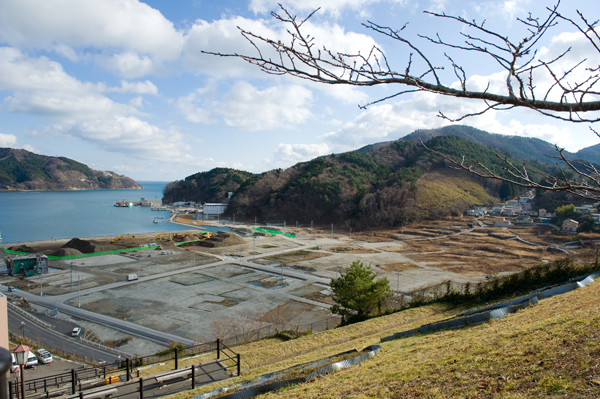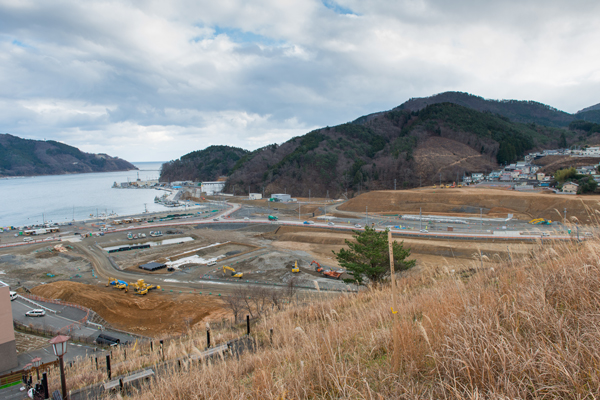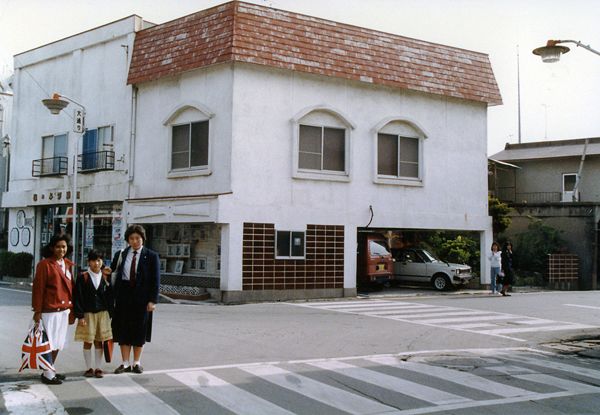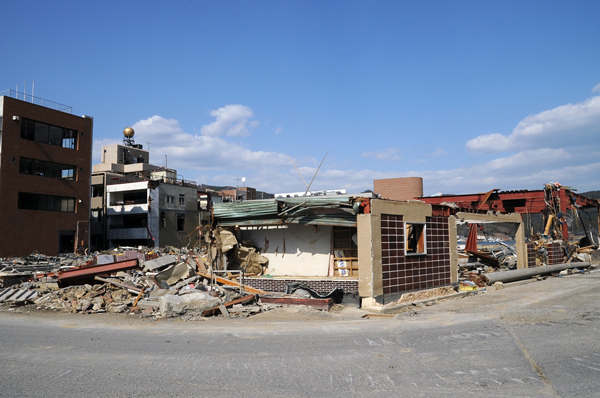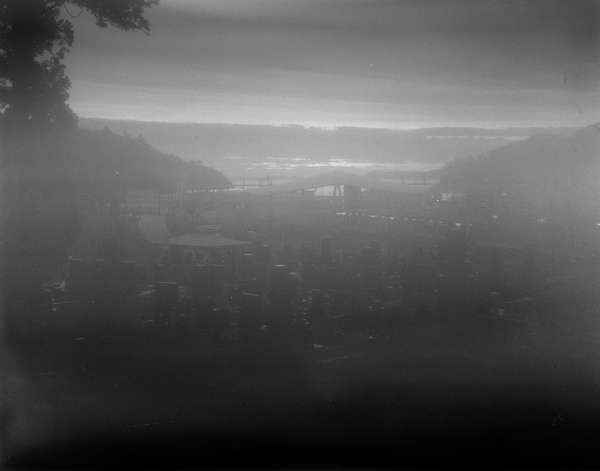Arguably the most heart-rending objects found among the mountains of rubble in the devastated Tohoku region following the March 11 disasters in 2011 were the countless sludge-splattered snapshots of an irremediably lost time.
They depicted anything from young women in kimono posing for coming-of-age portraits and cake-cutting newly weds to a high school baseball team and a radiant mother cradling a new-born baby. What they all shared in common were personal slices of happiness — private celebrations of everyday life that had previously occupied very personal spaces, but were now on display in a massive open-air gallery.
Through the lenses of the photographers who ventured into Tohoku in the aftermath of the quake and tsunami, these sunny snapshots — now muddied, torn and tossed around like confetti from some long-abandoned revelry — took on a distinctly somber tone. Where were those smiling, peace-sign toting teenagers now? Or the slightly disheveled business colleagues, grinning red-faced under the cherry blossoms?
In some cases, weeks of searching uncovered a frequently tragic answer. For many of the photographers who documented the disasters, however, this was the closest they would get to an image of how this coastal region in northeastern Japan had once looked and how its people had lived.
The other objects they photographed were little more than testament to the power of nature, or documents that would remind future generations of the travails of their forefathers, both as survivors and re-builders. In the case of the Fukushima nuclear accident, they served as records of villages and towns still physically standing but effectively as obliterated as those places along the coast that had been swept away by the marauding waves.
Five years on and much of the landscape in the devastated region has changed beyond recognition once more. In Iwate and Miyagi prefectures, post-tsunami landmarks such as toppled buildings and washed-up cargo vessels have disappeared almost as rapidly as those that are now obscured, or have been replaced, by the ever-growing mountains of plastic bags filled with radioactive waste and land-reclaiming vegetation in Fukushima.
Yet, while some displaced residents also have changed landscapes — many with new pastures hundreds of kilometers away — tens of thousands more remain in limbo.
“I have given up hope of ever returning home,” says one elderly evacuee from Namie, a town near the crippled nuclear plant, who has lived in temporary housing in the city of Aizuwakamatsu, Fukushima Prefecture, for almost four of the past five years. “It seems the rest of the country has moved on, but we are going nowhere.”
Yuko Kusano of Sendai-based nonprofit organization Miyagi Jo-Net, which has provided support for displaced women since March 2011, says many others, especially the elderly, feel the same — that they have been “forgotten, or abandoned.”
Some photographers who have worked in the region over the past five years are determined to make sure this never happens, documenting progress, or lack of it, and giving hope to the people who they first met in those photos that littered the post-tsunami landscape.
To mark the upcoming fifth anniversary of the March 2011 disaster, The Japan Times interviewed three photographers who have expressed diverse, but nonetheless revealing, viewpoints.
